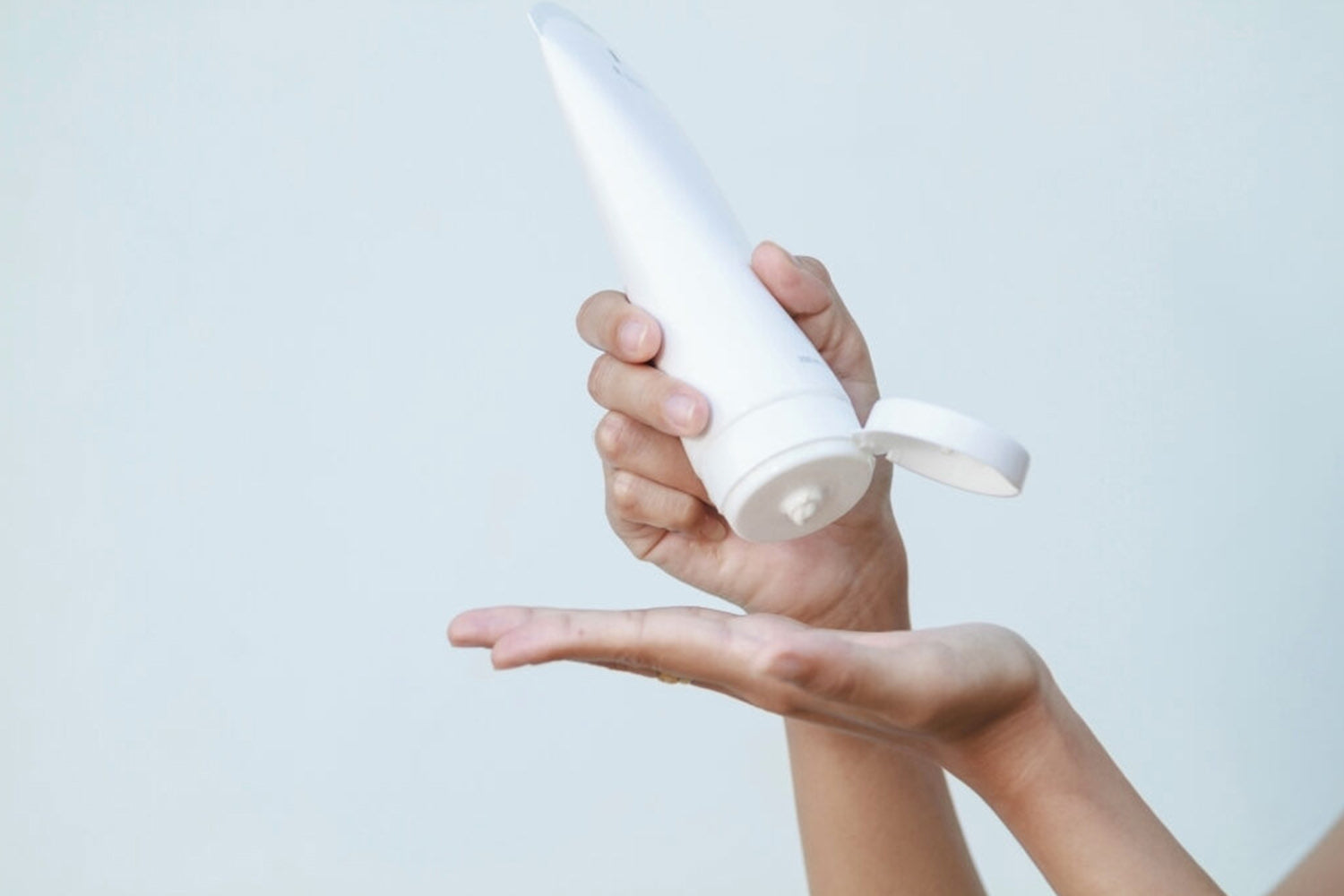Bed sores, also known as pressure ulcers, are a serious concern for anyone who is bedridden, has limited mobility, or suffers from incontinence. These painful wounds can develop quickly and, if left untreated, lead to severe infections. The right moisture barrier can be a game-changer in preventing and treating bed sores, keeping the skin healthy and intact.
In this article, we’ll cover:
-
Why moisture barriers are essential for bed sore prevention
-
How to choose the right medical-grade product for your needs
-
A breakdown of CellEra’s best moisture barrier solutions
-
Step-by-step application instructions to maximize protection
-
Answers to frequently asked questions about moisture barriers and bed sores
Let’s get started.
Why Moisture Barriers Are Essential for Bed Sore Prevention
The Role of Moisture in Skin Breakdown
Moisture is one of the biggest enemies of skin health—especially for individuals confined to a bed or wheelchair. Prolonged exposure to sweat, urine, feces, or wound drainage softens the skin, making it vulnerable to pressure, friction, and bacteria. This weakens the protective barrier of the skin, leading to irritation, inflammation, and eventually bed sores.
Using a moisture barrier provides a layer of protection, preventing moisture from breaking down the skin and reducing the risk of pressure ulcers. Medical-grade moisture barriers are specifically formulated to:
-
Repel moisture while still allowing the skin to breathe
-
Create a protective shield that prevents irritation and breakdown
-
Soothe and heal damaged skin while preventing infection
-
Reduce friction, preventing further damage to fragile skin
If you or a loved one is at risk for bed sores, using a high-quality moisture barrier should be part of your daily care routine.

How to Choose the Right Medical-Grade Moisture Barrier for Bed Sores
Not all moisture barriers are created equal. Many over-the-counter creams simply hydrate the skin without offering true moisture protection. For bed sore prevention, you need a medical-grade product with specific features.
Key Features to Look For
1. Long-Lasting Protection
Some moisture barriers wear off quickly, requiring frequent reapplication. Look for a product that provides long-lasting protection, especially for individuals who are bedridden or have incontinence.
2. Water-Resistant Yet Breathable
A good moisture barrier should be water-resistant to protect against urine, sweat, and wound drainage. At the same time, it must allow the skin to breathe to prevent excess moisture buildup.
3. Contains Zinc Oxide or Antifungal Ingredients
Zinc oxide has been clinically proven to protect and heal compromised skin. For individuals prone to fungal infections, an antifungal barrier is essential.
4. Non-Irritating Formula
Many commercial creams contain fragrances, alcohol, or harsh chemicals that can further irritate delicate skin. Medical-grade options are hypoallergenic and free of unnecessary additives.
Best Medical-Grade Moisture Barriers for Bed Sore Prevention
CellEra’s Top Moisture Barrier Products
CellEra offers a range of high-quality, medical-grade moisture barriers that provide superior protection for individuals at risk of bed sores.
1. VeraSeptine® Multi-Purpose Moisture Barrier
-
Contains 21% Zinc Oxide, a gold-standard ingredient for skin protection
-
Creates a long-lasting, protective layer to prevent moisture-related skin breakdown
-
Ideal for peri-wound skin protection and bed sore prevention
2. PeleVeras® Cream Routine Moisture Barrier
-
Formulated for daily skin protection against moisture damage
-
Helps soothe and hydrate fragile, irritated skin
-
Excellent for preventing chafing and skin breakdown in at-risk areas
3. PeleVeras® Cream AF Anti-Fungal Moisture Barrier
-
Contains antifungal properties to prevent yeast infections in skin folds
-
Ideal for bedridden patients prone to moisture buildup
-
Provides a dual-action shield: moisture protection + antifungal defense
How to Apply a Moisture Barrier for Maximum Protection
Step-by-Step Guide
-
Cleanse the skin gently using a mild, pH-balanced cleanser.
-
Pat the skin dry—never rub, as friction can worsen skin breakdown.
-
Apply a thin, even layer of moisture barrier over at-risk areas.
-
Reapply as needed, especially after incontinence episodes or excessive sweating.
-
Monitor skin condition daily and adjust care as needed.
FAQs About Moisture Barriers and Bed Sores
| Question | Answer |
|---|---|
| What is the best moisture barrier for bed sores? | Medical-grade moisture barriers like VeraSeptine® and PeleVeras® are among the best options. |
| Can a moisture barrier help heal existing bed sores? | Yes, moisture barriers prevent further skin damage, but advanced bed sores require medical attention. |
| How often should I apply a moisture barrier? | At least twice daily or after any moisture exposure. |
| Can I use petroleum jelly instead of a moisture barrier? | Petroleum jelly lacks breathability and is not ideal for prolonged skin protection. |
| Is zinc oxide good for bed sores? | Yes, zinc oxide forms a protective layer and promotes healing. |
Conclusion: Protect Your Skin with the Right Moisture Barrier
Preventing bed sores is easier than treating them. Using a medical-grade moisture barrier, like those offered by CellEra, is one of the best ways to protect fragile skin from moisture damage. Whether you need long-lasting protection, antifungal defense, or daily skin hydration, CellEra has a solution for you.
🔹 Protect Your Skin Today: Shop CellEra’s Moisture Barriers Now
Disclaimer: This webpage is designed for general information only. The information presented at this site should not be construed to be formal medical advice nor some medical procedures. Results will vary.






Share:
The Shocking Benefits of Hydrocolloid Dressings You Didn’t Know
Wound Care Made Easy: Why Composite Dressings Are Perfect for Multi-Stage Wounds